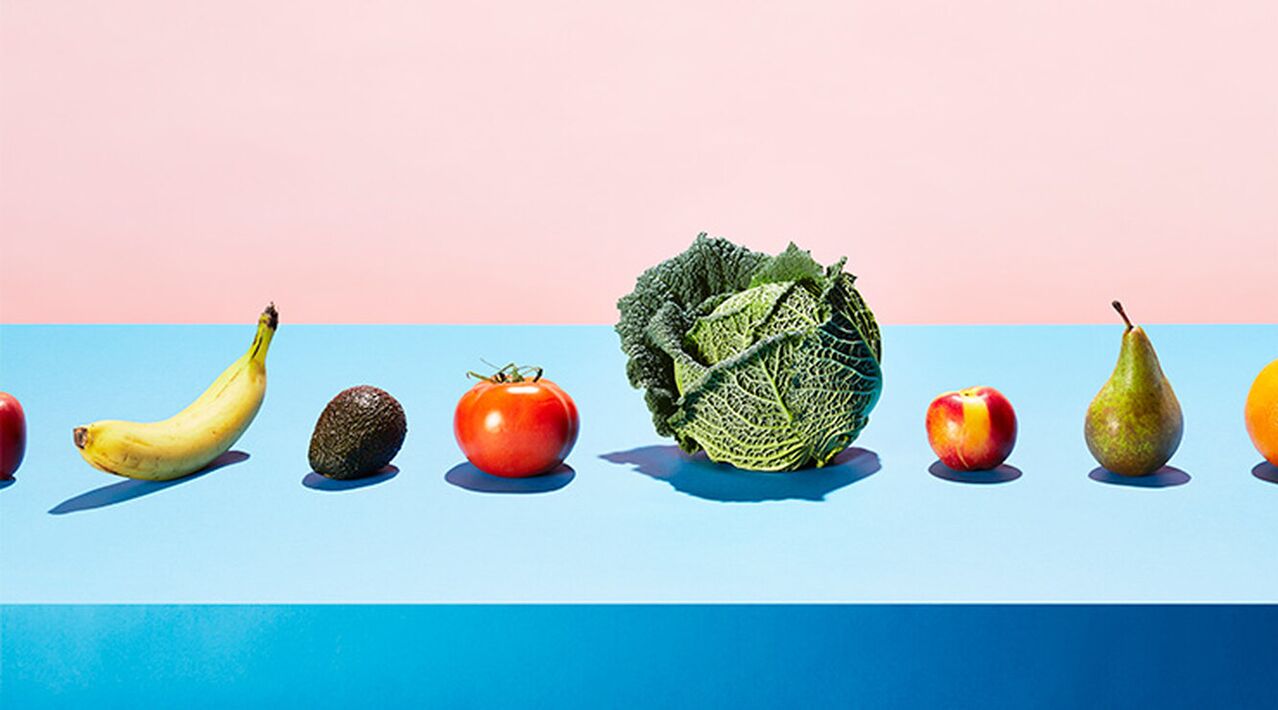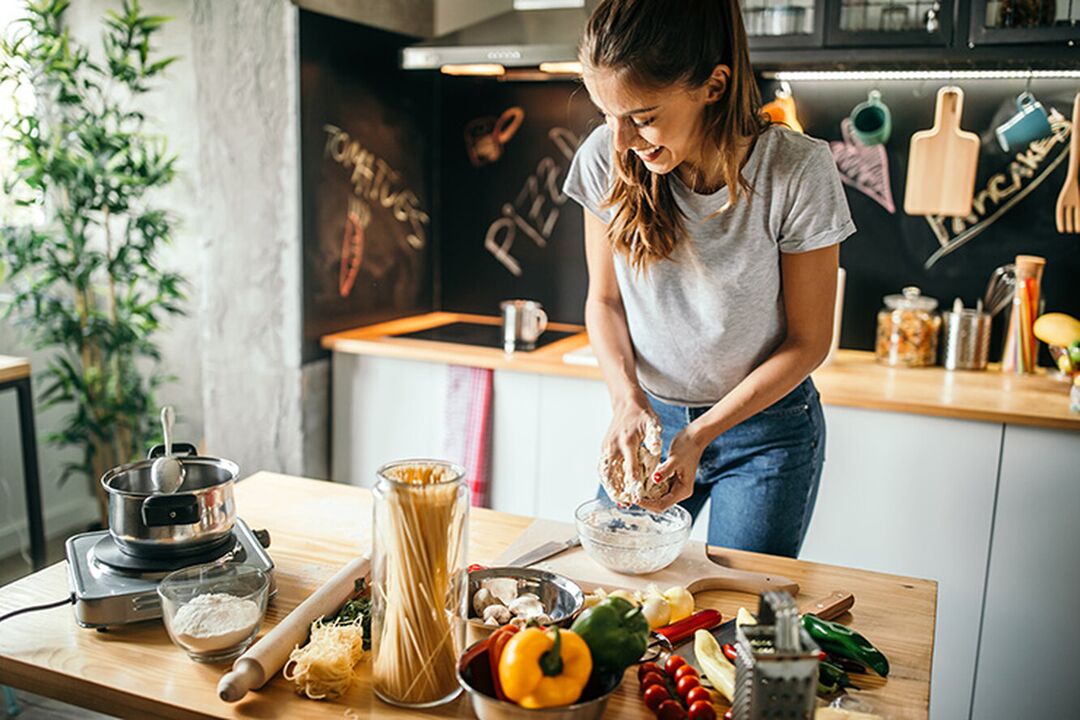
Gout: Symptoms and Treatment
- Joint pain – knees, elbows, wrists and fingers may be affected.
- The big toe joint may be one of the first joints to be affected.
- Not only do the joints hurt, they also become hot and the skin in the affected area becomes red.
- Body temperature may increase.
Why is it important to follow a gout diet?
gout in women
Differences in the course of gout in men and women
List of foods not to eat with gout

- red meat.Lamb, veal, pork, and beef are not the best choices for gout sufferers. These are all okay to eat, but limit portion sizes.
- Meat by-products.Liver, kidneys, brain, any "internal" meat can cause the condition to worsen. Yes, all of these are delicious, but when gout strikes - no thanks.
- game.Sure, it rarely makes it to the dinner table (well, unless you or your partner are avid hunters), but if you're suddenly invited to try some exotic venison or roasted pheasant, say no.
- Fish and seafood:The purine just floats in there. Cod, herring, trout, mackerel, sardines, tuna, along with crab, shrimp, scallops and many other seafood can greatly worsen the condition of gout sufferers. True, some doctors believe that the benefits of seafood outweigh the disadvantages, but only if consumed in small doses.
- Sweet drinks:Lemonade and industrially produced sweet juices.
- Alcohol:Beer and wheat-based spirits such as vodka and whiskey. It is somewhat possible, but if we are talking about diet during a gout attack, it is simply not possible at this point.
- Extra sugar:Honey, agave syrup, other high-fructose foods.
- Yeast additives.
- Semi-finished products(Sometimes they contain something completely incomprehensible).
What to Eat with Gout: Allowed Foods

- vegetable.You can eat absolutely anything, including those that contain a lot of purines (like spinach) - they don't absorb well from vegetables.
- Fruits and berries.Almost anything is possible, and some are even necessary - cherries have been shown to reduce uric acid concentrations, making them particularly useful as a nutrient for gout.
- Legumes.Again, any kind, even lentils, even soybeans, even lima beans.
- Whole grains.Oats, brown rice, barley – just to name a few.
- nut.
- Dairy products.Generally speaking, they are more or less safe, but it is best to eat and drink the ones with lower fat content.
- Egg.
- Lean meat(chicken, turkey).
- Coffee, tea, green tea.There are studies showing that coffee can slightly reduce the risk of gout attacks, but drinking too much may have other health effects, so it's best not to drink too much.
- Vegetable oil:Coconut, olives, flax seeds.
- Any spice.
Gout Diet: Food Chart

able
- vegetable
- fruits and berries
- beans
- whole grains
- nut
- dairy
- Egg
- Lean meat
- Coffee, tea, green tea
- vegetable oil
- any spices
careful
- red meat
- seafood
- fish
- White bread, pastries
rarely or never
- by-product
- game
- Juice, lemonade
- Honey and other high-fructose foods
- Semi-finished products
- Alcohol
- Yeast supplements
Nutrition for gout: menu

on Monday
- Breakfast: Green tea, "lazy oatmeal" with kefir or yogurt with berries. Simply pour kefir or yogurt over your berry oatmeal and leave it in the refrigerator overnight. You will find that it is very delicious!
- Lunch: Quinoa salad with hard-boiled eggs and fresh vegetables, miso soup.
- Dinner: Whole wheat pasta with chicken and vegetables.
Tuesday
- Breakfast: coffee, cheese, peaches or a few slices of melon, bran slices.
- Lunch: Brown rice with roast turkey.
- Dinner: Omelette with mushrooms and spinach.
Wednesday
- Breakfast: green salad, a handful of nuts.
- Lunch: Lentil and chicken soup.
- Dinner: Burger (whole wheat bread, turkey steak, cheese, vegetables).
Thursday
- Breakfast: tea, yogurt, berries and bran flakes.
- Lunch: Chickpea pilaf with chicken and vegetable salad.
- Dinner: Lean fish steak with green beans.
Friday
- Breakfast: coffee, scrambled eggs with tomatoes and green peppers.
- Lunch: Potato casserole with ground beef (substitute chicken during attacks).
- Dinner: fruit salad.
Saturday
- Breakfast: Milk, hash browns, and low-fat sour cream.
- Lunch: Grilled vegetables and chicken skewers.
- Dinner: Berry smoothie, a couple of sandwiches with cheese and herbs (preferably on whole wheat bread).
Sunday
- Breakfast: tea, whole wheat milk porridge and berries.
- Lunch: Lasagna (again, it’s best to use whole grain flakes as the base and minced chicken).
- Dinner: shredded chicken and mushrooms, homemade mulled wine based on berry preserves (just add your favorite spices, apples and citrus fruits and heat).






























